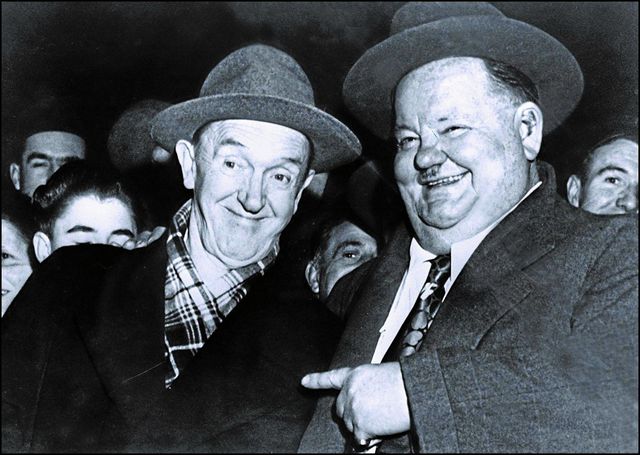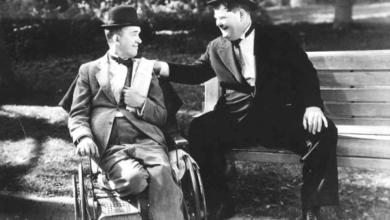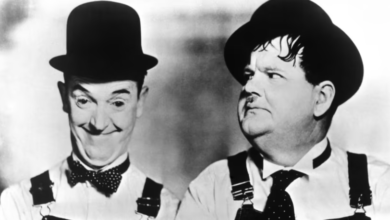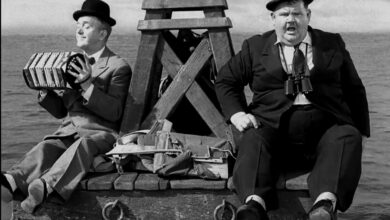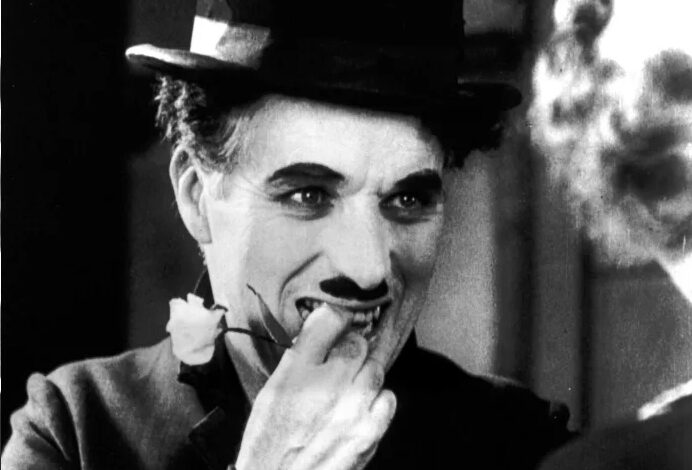
Whether you are a movie buff who has spent years watching classic films, or perhaps a novice who wants to learn more about the history of cinema, we’ve rounded out a list of the best silent films to watch. Whether you want a slapstick comedy (City Lights), a fun adventure (Intolerance) or a movie that set the standard for action (The General), our list has you covered. This is your chance to see where it all started!
City Lights (1931)
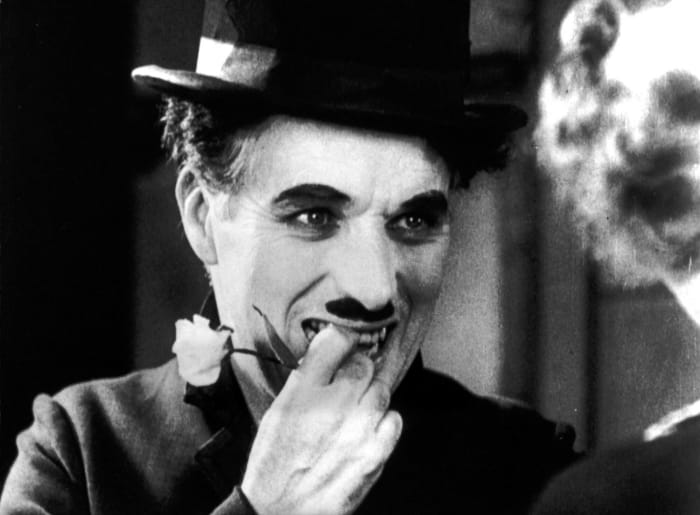
She’s a blind girl, he’s a tramp. Can these two make their relationship work? You’ll have to wait to find out, but it’s not a spoiler to say that Chaplin’s comedy will make you laugh and cry in equal measure. In one scene, he’s boxing a giant man. In the next, he’s knocking you out with one of the greatest endings of all time. Only Chaplin could pull off this kind of mashup.
Battleship Potemkin (1925)
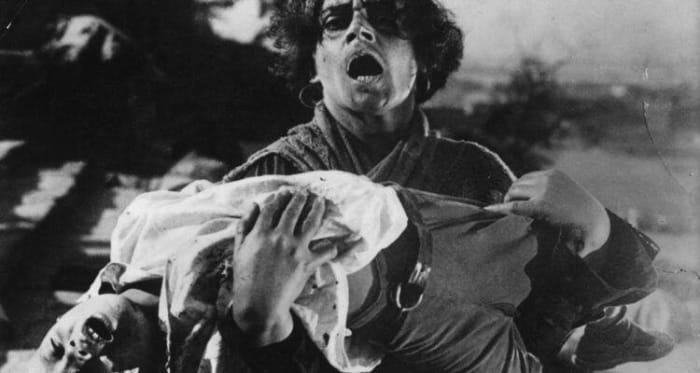
The original “propaganda film,” this movie sees a bunch of sailors revolt against the government. The final scene is considered one of the greatest achievments in all of cinema. As soldiers fire on a crowd of bystanders, you watch in horror as sailors, mothers and babies fall to their death.
The Thief of Bagdad (1924)
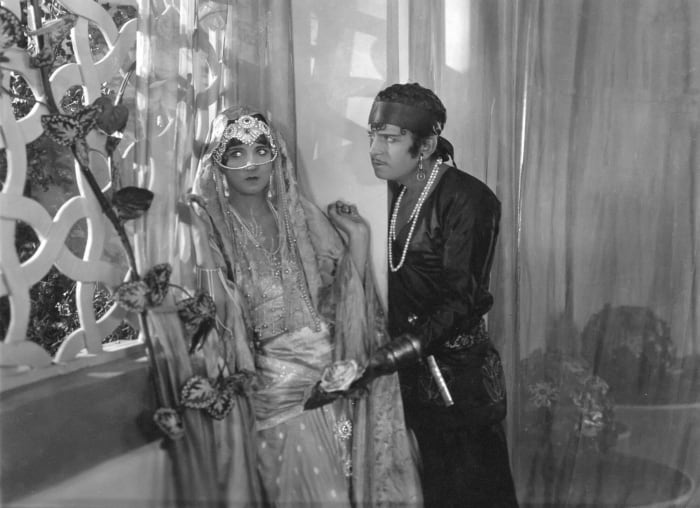
This is the movie that spawned blockbusters. In it, a thief from Bagdad (Douglas Fairbanks) tries to win over a princess who is locked away in her castle. It makes for a rousing adventure that mixes stunts, action, romance and comedy the same way most blockbusters do today.
The Cabinet of Dr. Caligari (1920)
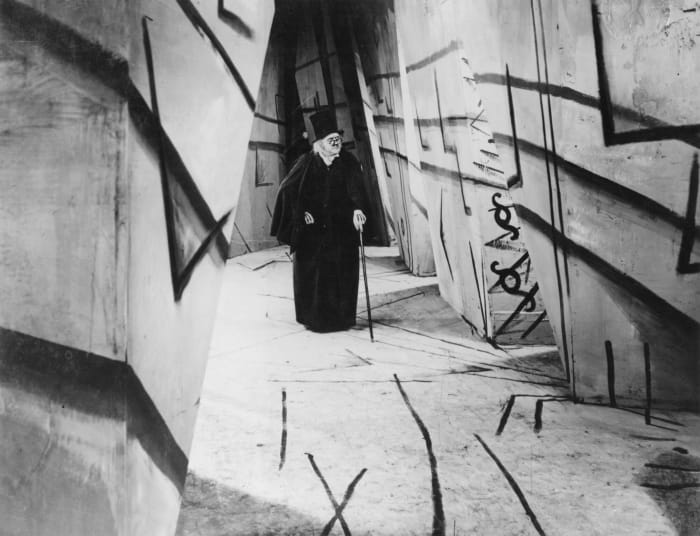
Robert Wiene’s experiment with cinema made him the first German Expressionistic director, and became one of the most influential films of all time. It changed horror forever. Now the camera, lighting and set-pieces were just as important as the story, which sees a hypnotist try to control one of his patients.
Greed (1924)
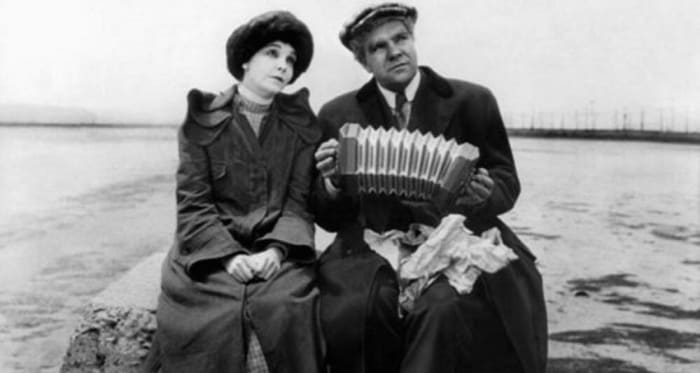
Every parent should show their kids Greed. Yeah, they might fall alseep during the four-hour runtime, but there’s no greater example of where greed can take you. Erich von Stroheim made a cautionary tale in the form of an epic, which tells the story of a dentist whose girlfriend wins the lottery and how that money sends them down a path toward despair.
Modern Times (1936)
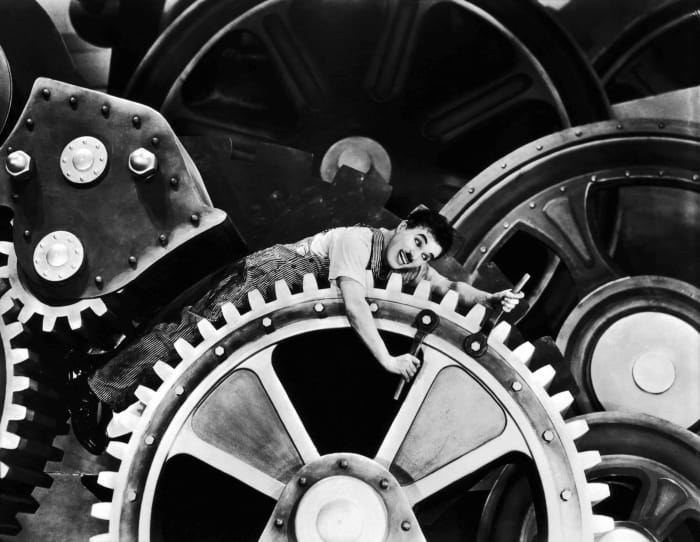
This is the closest we can get to a visual anti-depressent. A hilarious Charlie Chaplin plays a mechanic who gets caught (literally) in the machine of industrialism. The only way out is a sense of humor and a way with words.
Metropolis (1927)
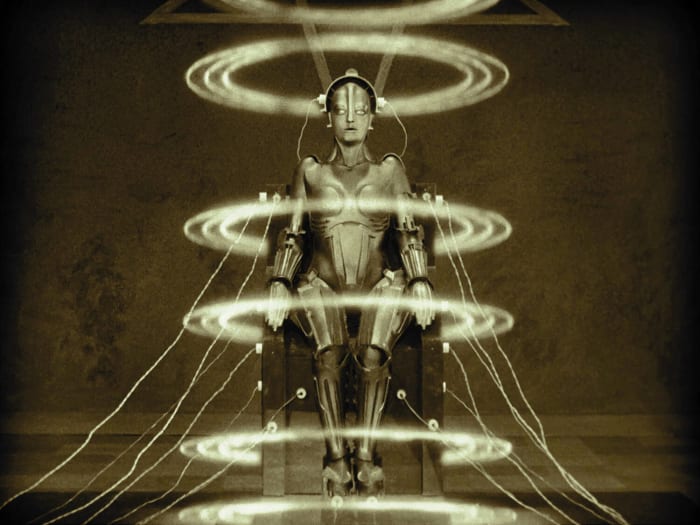
Like Modern Times, this is a movie about the machine of industrialism. Thousands of extras cram into the frame, pushing buttons and pulling levers as they try to keep a dystopian future alive. It’s a giant, visceral blockbuster that shocked audiences in 1927 and is still shocking today. This is a science-fiction movie that is more modern than most modern blockbusters.
Tabu: A Story of the South Seas (1931)
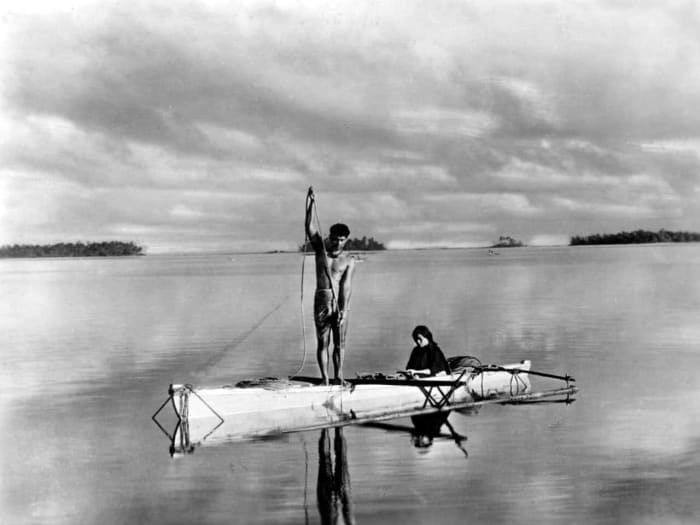
Set against a backdrop of Caribbean islands, two people find love where their love is forbidden. They hide out in a shack, but a pirate is after his former slaves. What ensues is a mix of sight and sound that whisks you away to another world, where villagers have dance-offs and people ebb and flow to the tides of love.
Safety Last! (1923)
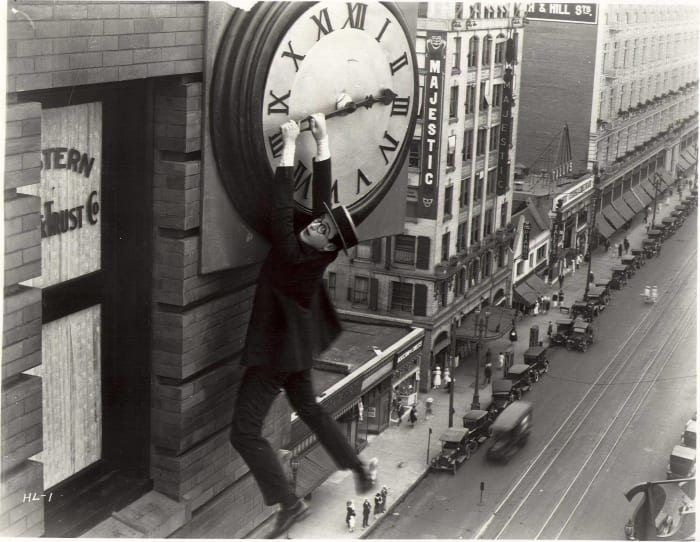
Charlie Chaplin and Buster Keaton are the two main comics from the silent era, but if those are the only names you know, then Harold Lloyd will be a happy discovery. His movie Safety Last! is incredibly funny, with one of the greatest stunts of all time. When his character tries to climb a building, he ends up hanging from a clock tower instead.
The Freshman (1925)
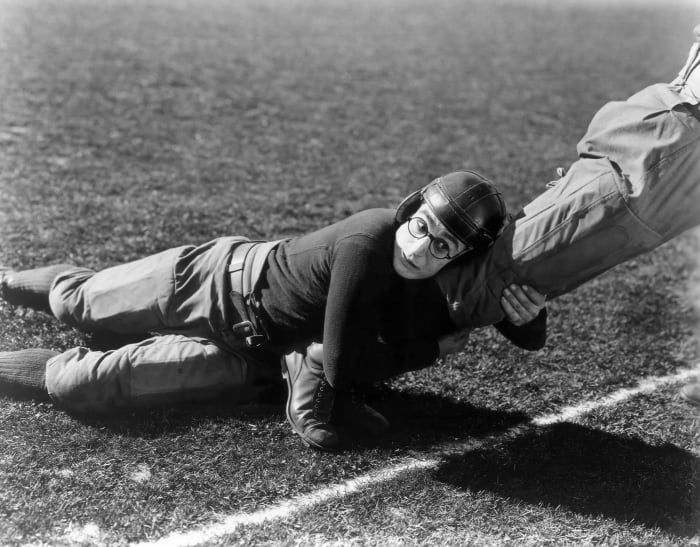
More Harold Lloyd! This time he’s a mix between Powder and Rudy — a football player who couldn’t even tackle a scarecrow. He’s not what you’d call a stud, but he is what you’d call “hilarious.”
The Passion of Joan of Arc (1928)
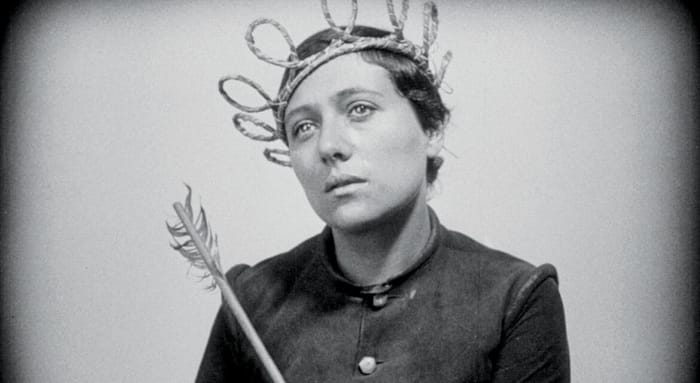
Heroines don’t come any stronger than Joan, who fights, claws and eventually dies, for her faith. You’ve never seen a more powerful performance than Renee Falconetti’s, the heroine at the center of Carl Theodor Dreyer’s masterpiece. She’s got the strength to make Ripley hit the deck and Sarah Connor pee her pants, along with all the “priests” who try to break her. It’s a performance that sticks with you long after the credits roll.
Earth (1930)
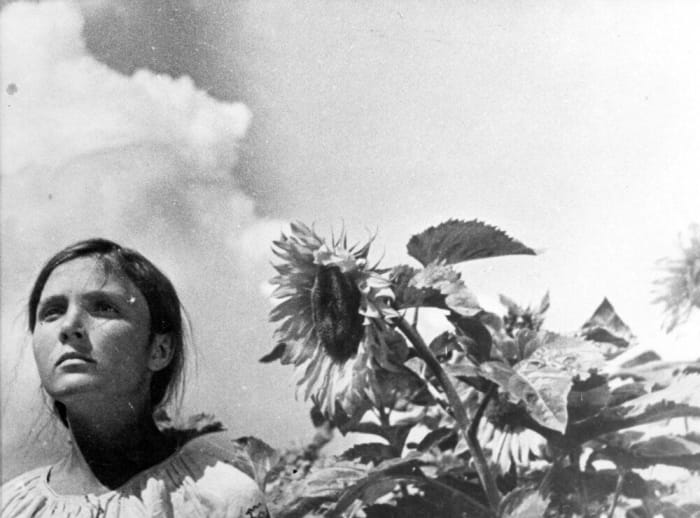
This one sees a group of farmers revolting against the landowners who treat them like slaves. It’s one of the first activism movies, with a group of farmers who will do anything to break free.
The Last Laugh (1924)
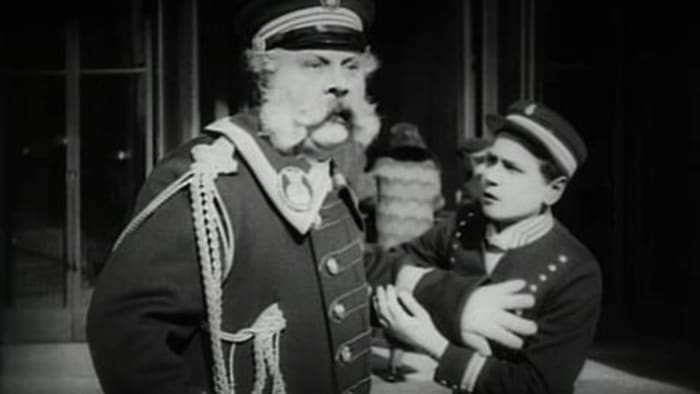
A man pretends to work at a fancy hotel even though he is jobless. It’s a sad story (couldn’t he pretend to be a businessman or something?) and F.W. Murnau doesn’t sugarcoat his delusions of grandeur. The Last Laugh echoes with the sounds of sadness, along with the echoes of an empty soul.
The Gold Rush (1925)
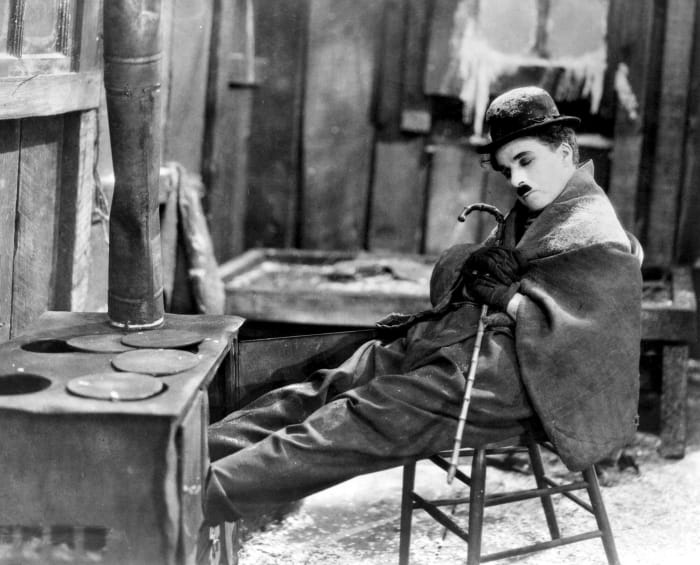
Old Hollywood did slapstick best, and The Gold Rush remains a top example of the genre. Charlie Chaplin plays a miner with a heart of… well, nothing. He sets across a mountain, looks for gold and eats a pair of shoes. He’s not the brightest bulb, but you can’t help but root for him anyway.
Sherlock Jr. (1924)
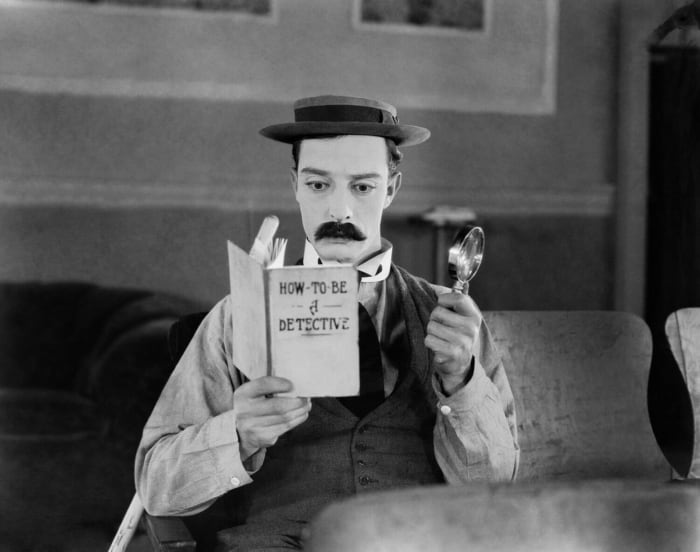
If you love Sherlock Holmes, you’ll love this overlooked classic. The great Buster Keaton plays a detective who isn’t so great at his job. He couldn’t crack an egg — let alone a case — but that’s not going to stop him from chasing bad guys in some of the funniest stunts of all time.
I Was Born But… (1932)
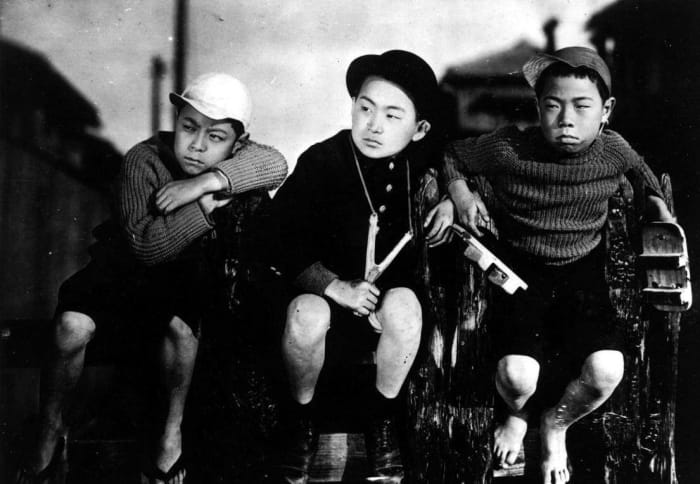
Yasujiro Ozu made over 50 films in his lifetime. I Was Born But… is a chance to see the director at his early stages, when he was still establishing his style and learning how to tell stories about families. This is a comedy that was made on the outskirts of Tokyo, Japan, yet will resonate with viewers everywhere. The story of two brothers moving to a new town is universal and helped establish Ozu as cinema’s great humanist.
Vampyr (1932)
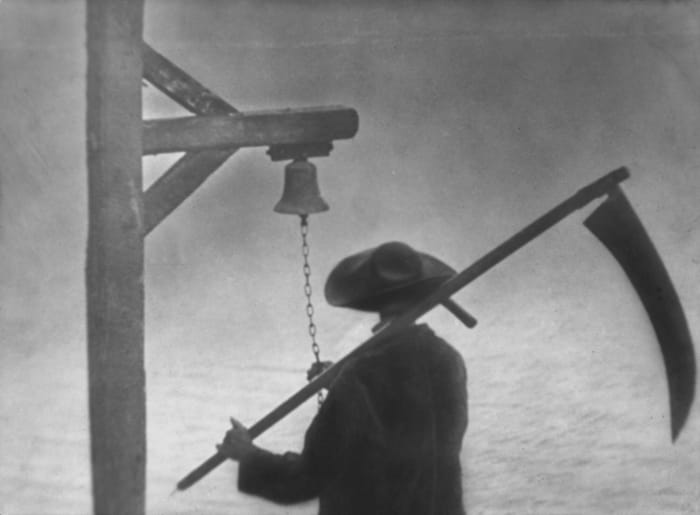
Think Dracula and Nosferatu set the bar for vampire movies? Just watch Vampyr, a series of vignettes in a seaside village. Cloaked in mystery and shrouded in fog, Theodor Dreyer’s entry to the genre feels like sifting through someone else’s dream. You don’t know where you are, how you got there or how you’re going to get out, but you do know that you’re mesmerized.
Nosferatu (1922)
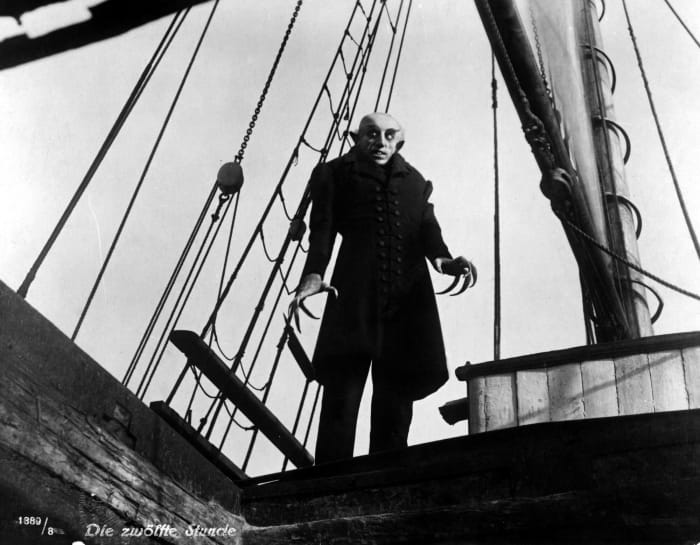
The first vampire movie ever made (or at least, the oldest surviving one), Nosferatu brought Bram Stoker’s character out of the shadows and into the light. The projector light, that is. The rest of F.W. Murnau’s classic takes place very much in the shadows.
Sunrise: A Song for Two Humans (1927)
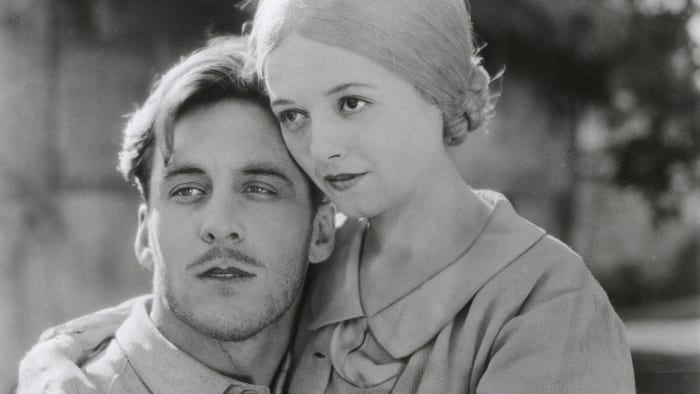
You’ll need a box of tissues to get through this 1927 classic. When a married famer gets seduced by a young woman and tries to kill his wife, he doesn’t go through with it and takes her to the city in a 30-minute montage. F.W. Murnau made vampires popular and wizards cinematic, but nothing compares to this melodrama about two lovebirds. It’s quite possibly the greatest silent film ever made.
The Great Train Robbery (1903)
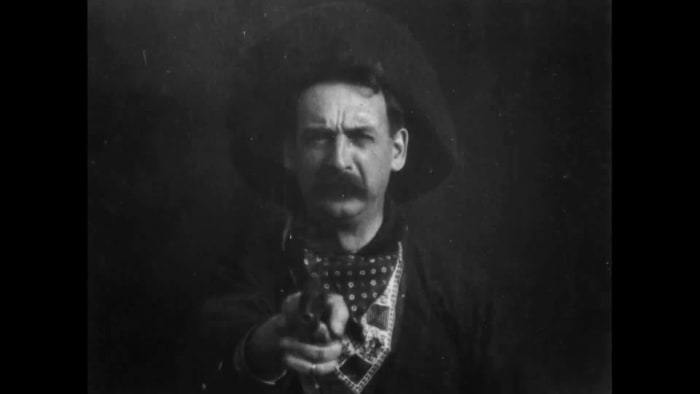
The Great Train Robbery is the basis for movies like Riffifi and Ocean’s 11, along with every other heist flick ever made. It’s not as good as those movies, but we had to shoutout one of the O.G.’s.
Fantomas (1913)
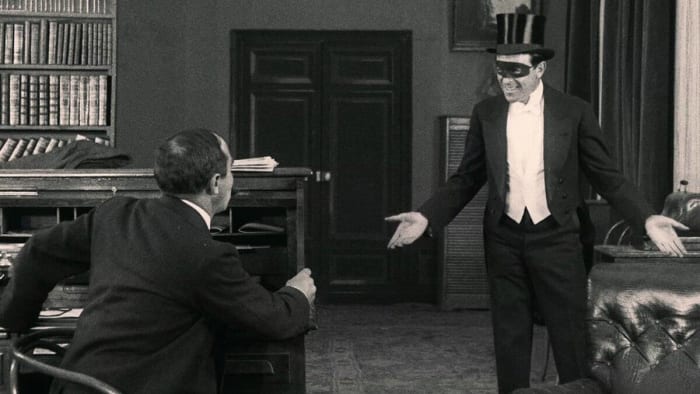
Speaking of O.G’s, Fantomas is one of the first thrillers ever made. Following a serial killer in France, this film serial is the basis for every crime show on Netflix. A killer in the shadows? A detective with a drinking problem? It’s all here in Fantomas!
Intolerance (1916)
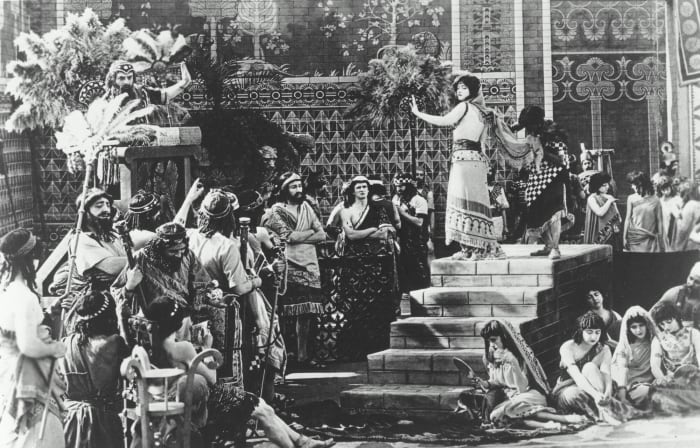
D.W. Griffith follows a group of people who deal with adversity throughout the ages. Released two years after The Birth of a Nation, it was made as an apology for that movie, which saw the KKK as the heroes of its story. The movie can’t quite make up for it, but it comes about as close to an mea culpa as one can get.
The General (1926)
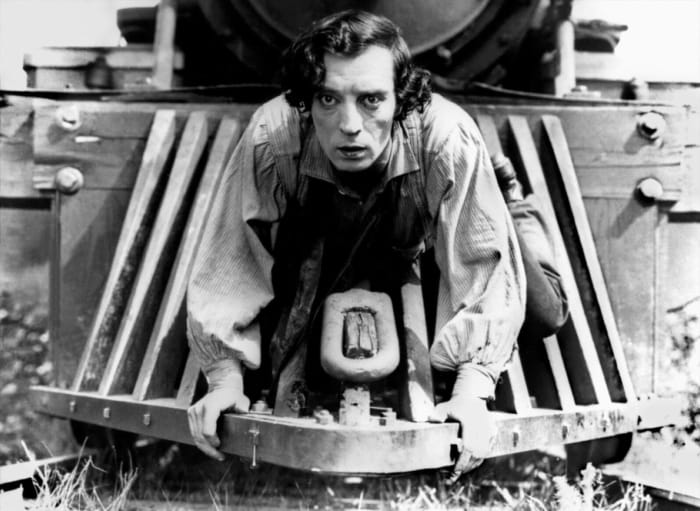
Tom Cruise couldn’t do what he does if Buster Keaton didn’t run, jump and stunt his way through this 1920s classic. Keaton’s comedy serves as the blueprint for stuntman cinema — his train conductor is what every Cruise character aspires to be.
A Trip to the Moon (1902)
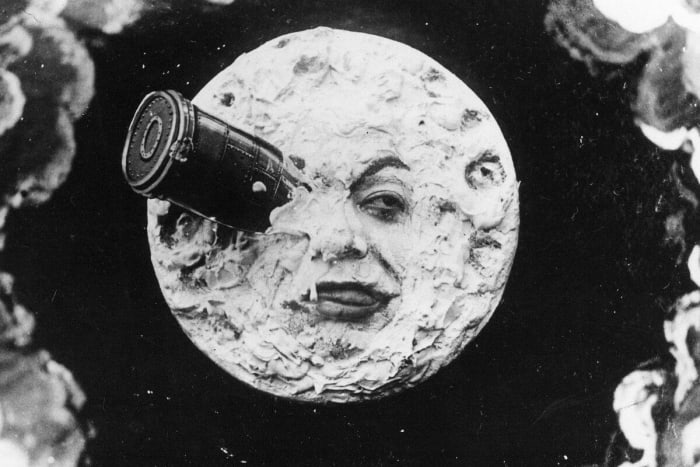
Neil Armstrong wouldn’t land on the moon for another 60+ years, so no one knew what the moon actually looked like. Maybe the moon really was made out of cheese? Maybe there were space pirates on the moon? Maybe the moon had eyeballs and could smile like a person? The first-ever science-fiction film turned our wildest imaginations into a moving picture.
Man with a Movie Camera (1929)
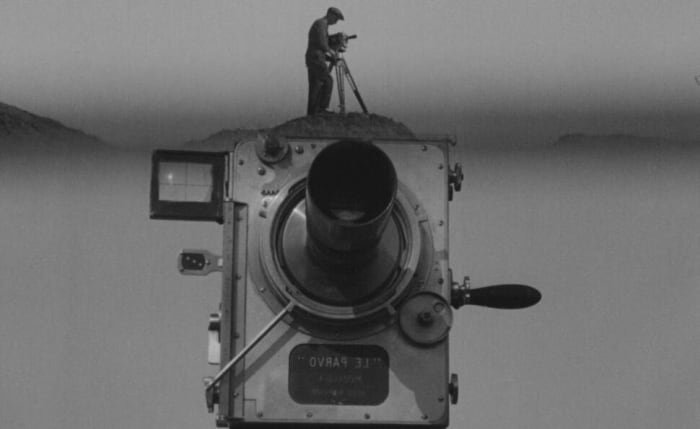
One of the great montage movies, Man with a Movie Camera took to the streets of Kyiv, Moscow and Odesa to film everyday life, only the images were edited, framed and structured like a music video. Dziga Vertov experimented with the camera like a child molding a piece of clay: he shaped the images to his will and made a playful movie in the proccess.

